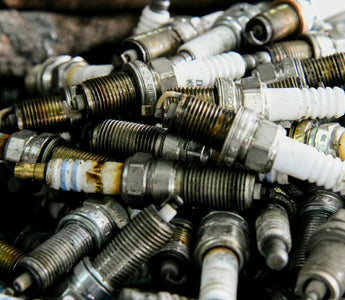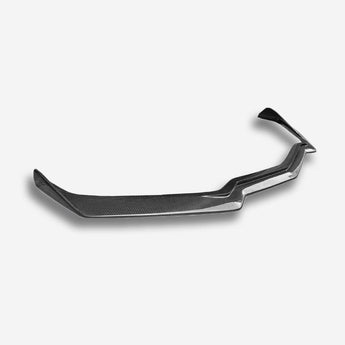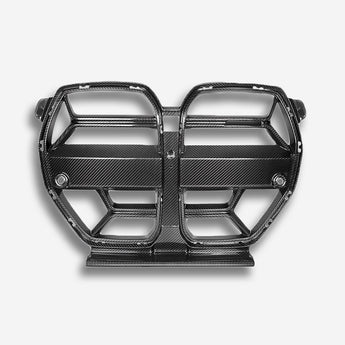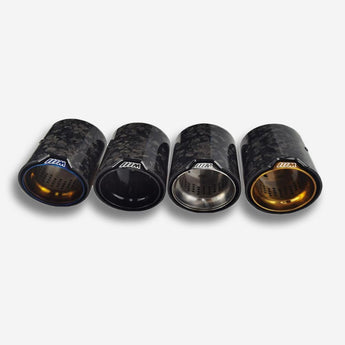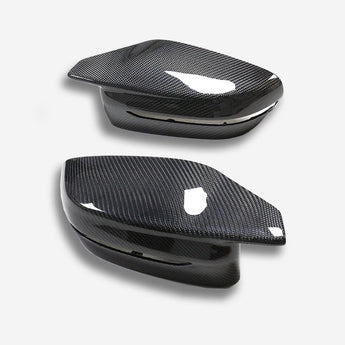Encountering the P0300 diagnostic trouble code can be unsettling, as it signifies random or multiple cylinder misfires within your vehicle's engine. This condition not only reduces engine performance but also increases emissions and can lead to further damage if left unaddressed. Understanding the root causes and solutions for this code is essential for any car owner or enthusiast looking to maintain their vehicle's health and efficiency.
Understanding P0300
The P0300 code indicates that one or more cylinders are not firing correctly, disrupting the engine's ability to efficiently combust the air-fuel mixture. This misfire results in uneven power delivery, which can cause the engine to run roughly, reduce power, and increase emissions. The Engine Control Module (ECM) detects these misfires and triggers the check engine light to blink, alerting the driver to the issue.
Common Causes of P0300
Identifying the cause of P0300 can be challenging due to the variety of issues that can lead to misfires. However, common culprits include:
- Vacuum Leaks: Unmetered air entering the engine disturbs the air-fuel ratio, leading to misfires. Vacuum leaks can originate from:
- Torn vacuum hoses
- Stuck open PCV valve
- Leaking intake manifold gasket
- Damages in the air intake system post-MAF sensor
- Fuel System Issues: Problems that can disrupt the fuel supply, resulting in an improper air-fuel mix:
- Faulty fuel pressure regulator
- Inadequate fuel pump performance
- Clogged fuel filter
- Clogged or malfunctioning fuel injectors
- Vacuum-operated pressure regulator issues
- Ignition System Failures: Failures can prevent the engine from properly igniting the air-fuel mixture:
- Worn or damaged spark plugs
- Faulty ignition coils
- Bad distributor (in older vehicles)
- Faulty spark plug wires
- Malfunctioning coil pack
- Defective ignition control module
- Sensor Malfunctions: Faulty readings from these sensors can lead to incorrect air-fuel mixtures and timing issues, causing misfires:
- Dirty or faulty mass airflow (MAF) sensor
- Malfunctioning oxygen sensors
- Failing camshaft or crankshaft sensors
- Dirty throttle plate restricting air flow
- Torn head gasket allowing unwanted air, oil, or coolant into the combustion chamber
- Jumped timing chain or belt
- Leaks in the exhaust system, especially before the upstream oxygen sensor
- Clogged catalytic converter
- Stuck open EGR valve causing recirculation of exhaust gases into the intake manifold
- Loss of engine compression due to worn piston rings, valves, or cylinder walls
- Issues with the wiring or connections to the ignition coils, fuel injectors, or sensors
- Corrosion or damage to the electrical connectors affecting signal transmission
- Failure of the ECM itself, which can disrupt ignition timing, air/fuel ratio, and emissions control
- Outdated ECM software needing an update
Diagnosing and Fixing P0300
Addressing a P0300 code requires a systematic approach to diagnosing and fixing the underlying issues. Here are steps to take:
- Inspection: Begin by inspecting common problem areas such as the ignition system, fuel system, and any visible vacuum leaks.
- Cleaning: Components like the throttle body and MAF sensor can sometimes be cleaned to restore proper function.
- Testing: Perform tests such as a fuel pressure test, combustion leak test, and compression test to pinpoint issues with the fuel system, head gasket, or engine internals.
- Sensor Checks: Verify the operation of crucial sensors, including the MAF, oxygen, camshaft, and crankshaft sensors, to ensure they provide accurate readings to the ECM.
- Component Replacement: Based on your findings, replace any faulty components such as spark plugs, fuel injectors, or sensors.
Preventing P0300
Regular maintenance is key to preventing the occurrence of a P0300 code. This includes timely spark plug changes, fuel system cleaning, and ensuring vacuum hoses and gaskets are in good condition. Regularly checking and replacing air filters, as well as using quality fuel, can also help maintain optimal combustion conditions.
Conclusion
While the P0300 code can be daunting due to its potential causes and effects, understanding its origins and how to address it can demystify the process. Regular maintenance, along with attentive driving, can help mitigate the risk of encountering this issue. If you've ever dealt with a P0300 code, sharing your experience and solution could greatly benefit others facing similar challenges.

